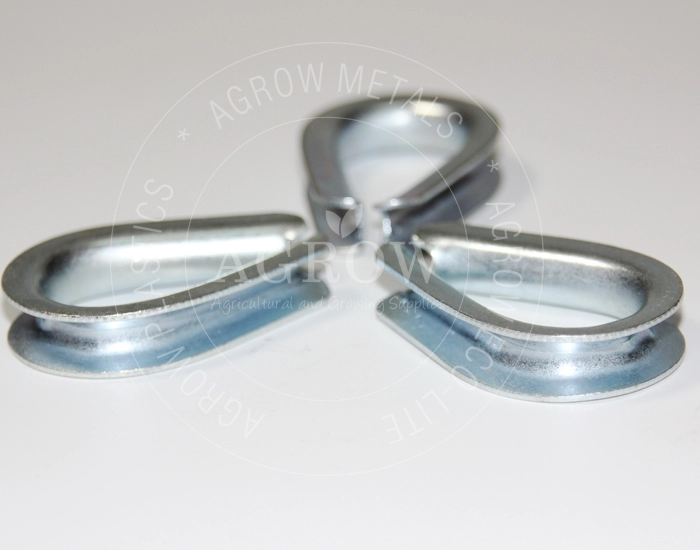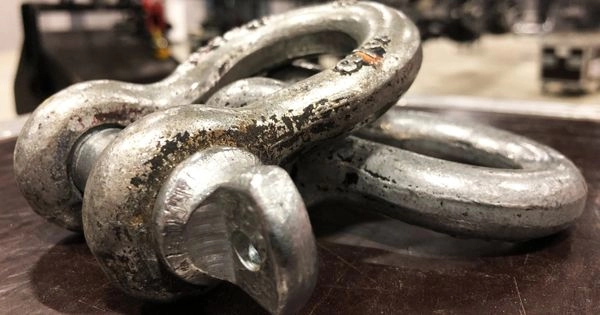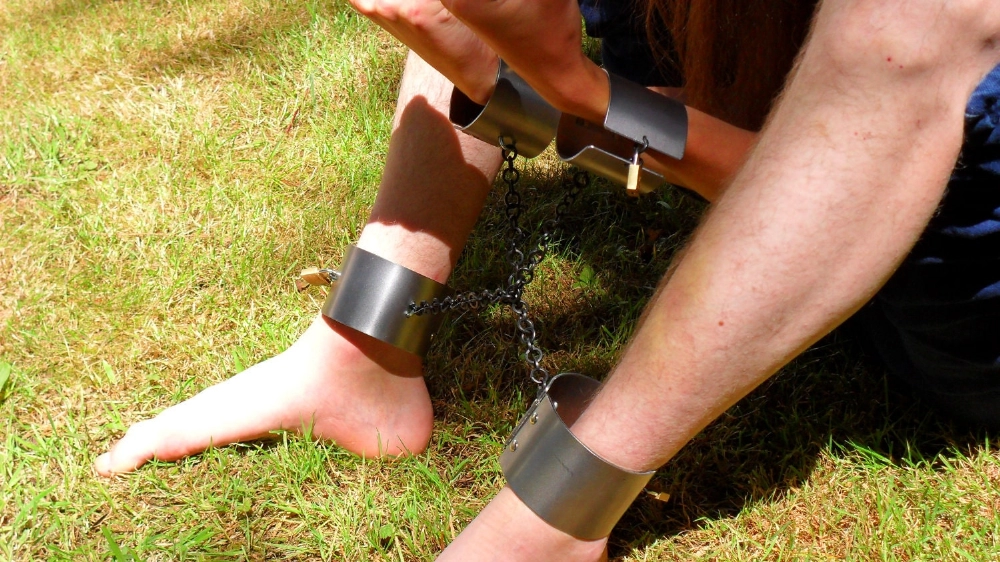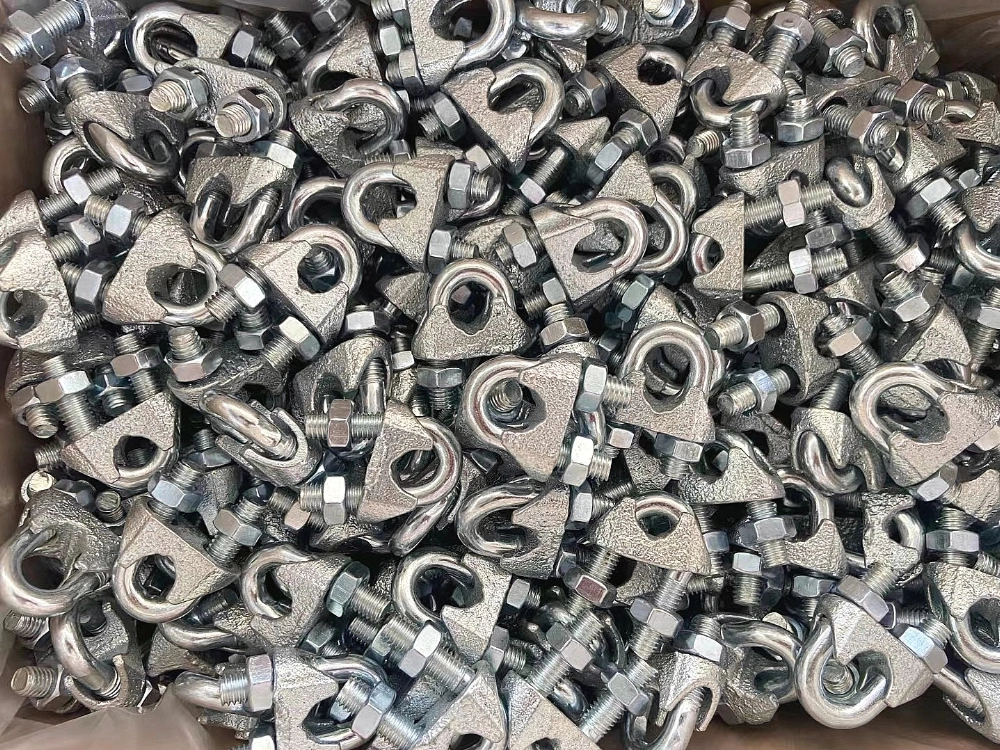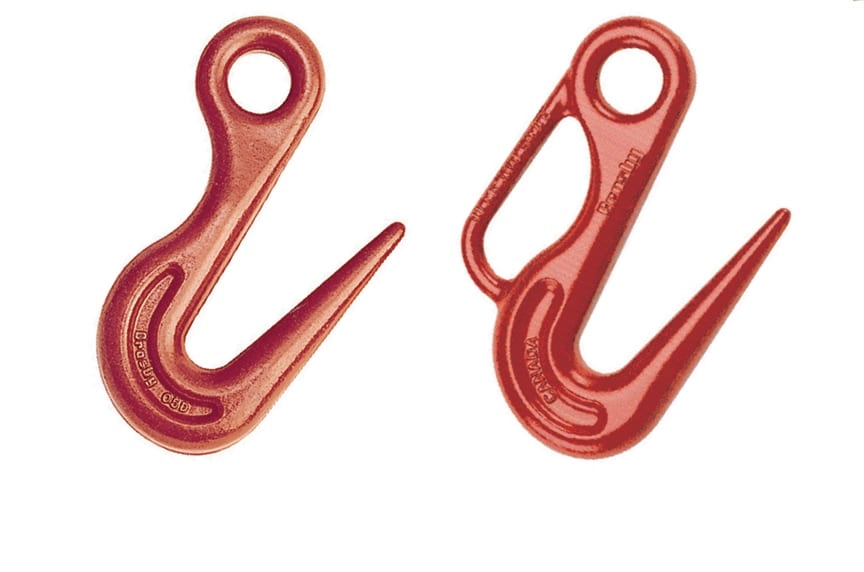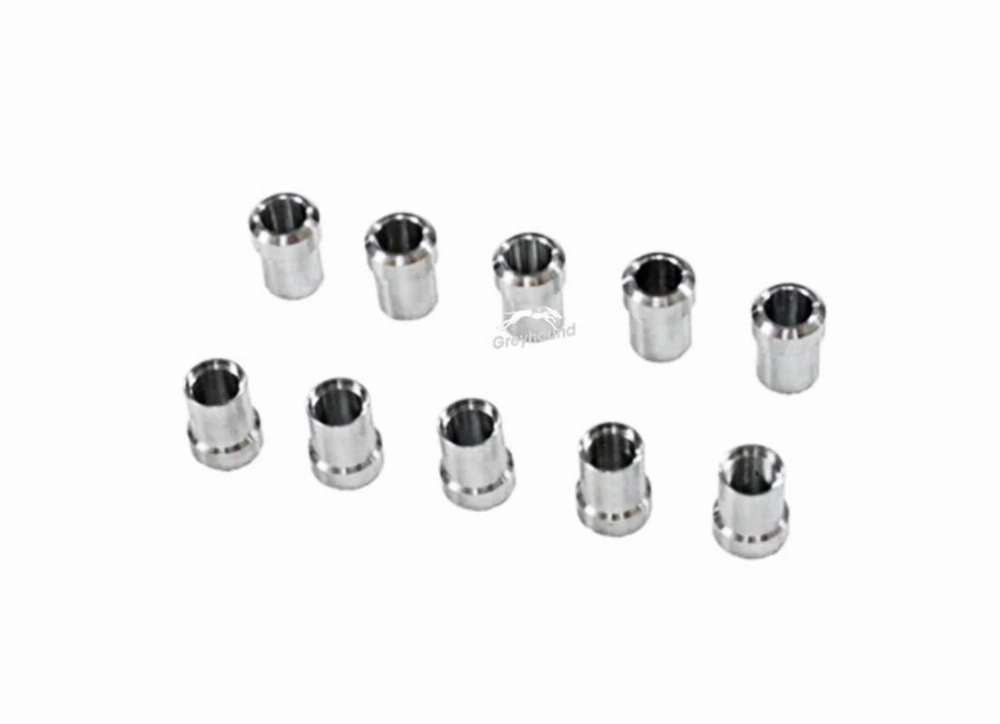Need help? Write to us info@hqlifting.com
- Charging Accessories
- Lifting accessories
- Steel Cable
- Beam cart
- Turnstile for load securing
- Load Ratchet Strap
- Lifting current
- Chain for Load Lifting
- Lifting equipment
- Slings
- Steel Cable Tensioner
- Polyester slingshot
- Load binders
- STEEL HOOK
- Steel Cable Clamp
- Electric winch
- Permanent magnets
- Steel Cable Clamp
- moitão
- Carabiners
- Screw With Eyelet
- Lifting Clamp
- Talha Manual
- Uncategorized
Call our consultants or chat online
+86 151 4514 5178
how to make a moitão
Hoists are very important for lifting things in factories. They help carry and assemble equipment. To make a professional half, it is necessary to follow strict rules. This includes following NR-12 and ABNT NBR 16209.
Make a homemade moitão It can be dangerous. This is because it may not be safe and can break easily. This can greatly harm workplace safety.
To make a moitão, SAE 1020 steel and automatic welding are used. The industrial moorings have important certifications. This shows that they are safe and can carry what they need.
Main Conclusions
- ✅ Industrial handwheels follow technical standards to ensure safety and efficiency.
- ⚠️ Homemade versions ignore critical specifications, increasing the risk of accidents.
- 🔬 O how the moitão is manufactured includes strength tests and NDT (Non-Destructive) inspections.
- ⚠️ NR-12 establishes minimum requirements for the attachment and sizing of components.
- ⚠️ Non-certified equipment violates occupational health and safety regulations.
Essential Components for Manufacturing Winches
Para ter segurança e eficiência, os moitões precisam seguir regras técnicas. A escolha dos materiais depende do uso, seja para como fazer moitão de elevação industrial ou em madeira para uso controlado.
Materiais e Especificações Técnicas
Veja as principais características de materiais para fabricação:
| Material | Resistência Mecânica (MPa) | Maximum Load (t) | Coeficiente de Segurança | Application |
|---|---|---|---|---|
| Aço Carbono SAE 1045 | 650 | 10-50 | ✅ 4,0 | Elevação industrial |
| Alumínio 6061-T6 | 310 | 5-15 | ✅ 3,5 | Aplicações leves |
| Ipê tratado | 1.200 (pressão) | Até 3 (com certificação) | ⚠️ 2,0 (uso não profissional) | Como fazer moitão de madeira para cargas não críticas |
Para madeira: Massaranduba e ipê precisam de tratamento com ACQ para resistir à umidade. Como fazer moitão de madeira seguro exige MOE ≥ 12.000 kg/cm².
- Carga de trabalho ≤ 30% da capacidade máxima declarada
- Verificação periódica de fadiga em soldas e juntas
- Certificação NBR 16.227 para equipamentos industriais
Attention: Como fazer moitão de elevação caseiro exige cálculos FEM para segurança ≥ 3,0. Consulte normas ABNT para conformidade legal.
Processo de Fabricação de Moitões Industriais
Fabricar moitões industriais exige muito cuidado e atenção às normas de segurança. Veja como é feito um moitão, desde o desenho até a certificação final. Isso assegura que os moitões sejam seguros e funcionem bem.
Etapas e Controle de Qualidade
- Projeto e Usinagem
Usinagem CNC com precisão de ±0,05mm. Aços ASTM A36 ou SAE 4140 são usados. Eles passam por análise de microscopia para garantir a estrutura. - Tratamento Térmico
A temperatura de têmpera é de 850°C. Depois, a revenção é feita de acordo com a norma ISO 6409. Testes de dureza são feitos para verificar a resistência. - Montagem e Ajuste
SKF bearings are assembled with automatic lubrication. Adjustments are made with ISO 10360 digital micrometers. - Load Tests
Dynamic tests of 125% nominal capacity are performed. Deformations are measured with laser sensors. NBR 16224 certificates prove compliance.
✅ Continuous quality control at every stage:
- Visual inspection of surfaces by penetrant NDT inspection (PT)
- Measurement of critical dimensions with digital comparators
- Final approval by ISO 9001 certified engineers
Certifications such as LRFD and FEM M1 are required to validate each batch. This ensures that the sheaves meet safety standards.
Homemade Tackle Assembly with Reel
For how to make homemade moitão 3 1 Safely, follow the technical rules. The 3:1 system requires reels with a minimum capacity of 150kg. It is also essential to use certified cables. The process involves mechanical adjustments and load calculations.
Technical Step by Step
- Choose reels with ISO 10243 certification and a minimum capacity of 150kg.
- Fix the pulleys with stainless steel screws (M10) and anti-corrosion lubricants.
- Configure o sistema 3:1 com cabo polipropileno 8mm ou aço galvanizado 4mm.
Limitações Operacionais
✅ Limite de carga: Não exceda 1/3 da capacidade nominal das carretilhas. Por exemplo, uma carretilha de 200kg pode suportar até 66kg efetivos.
- Ângulo máximo de inclinação: 45° para evitar perda de eficiência.
- Carga dinâmica: Evite movimentos bruscos e sobrecarga acidental.
Especificações Críticas
O como fazer moitão com carretilha exige inspeção visual semanal e lubrificação trimestral. Os cálculos de vantagem mecânica (3:1) devem levar em conta fatores de segurança de 4:1, conforme a NR 10/91.
⚠️ Atenção: Essa configuração não substitui equipamentos industriais certificados. Consulte as normas ABNT NBR 16.206 para uso profissional.
Aplicações Práticas e Sistemas Direcionais com Moitões
Usar moitões melhora o movimento de cargas em locais industriais. É crucial controlar a direção das cargas, especialmente em áreas pequenas. Para isso, é necessário fazer cálculos exatos de ângulos e força, seguindo as normas técnicas.
- Linha direta: ideal para movimentação linear com ângulo de 0°, reduzindo perda de força;
- Ângulo fixo (15° a 60°): permite mudanças de direção com fatores de segurança ≥3x a carga nominal;
- Sistemas compostos: combinação de moitões para multiplicação de força, exigindo análise de tensão em cada elo.
In the shipbuilding industry, directional systems are used to lift heavy parts on ships. In construction, they are adapted for temporary structures. For maintenance, the use of telescopic guides is recommended for precise alignment.
Critical specifications:
- Minimum fastening resistance: 3x the nominal load;
- Maximum angular limitation of 60° to avoid deformations;
- Certification of components according to ABNT NBR 10,000-1 for lifting systems.
For custom applications, it is important to evaluate factors such as torque variation and dynamic damping. The how to make a steering with a block and tackle requires trajectory planning with simulation software. This ensures compliance with ISO 9001 standards. See our technical guide for more information on safe directional systems.
Inspection, Maintenance, and Certification of Winches
To maintain efficiency and safety of como fazer moitão de elevação, it is essential to regularly inspect and maintain. If the moitão is not well cared for, it can affect industrial operations. The way the moitão is made influences its durability, but post-manufacturing maintenance is also crucial. See the important technical details:
Technical Protocols and Standards
✅ Dimensional Inspection: It is important to check the maximum wear. Hooks cannot have more than 10% of wear and pulleys no more than 5%. If the measurements are higher, the block must be replaced immediately.
✅ Maintenance Schedules:
- Daily: Cleaning and lubrication of the gears.
- Monthly: Check for corrosion and align the shafts.
- Trimestral: Fazer testes de carga parcial e registrar.
- Anual: Realizar a certificação técnica com auditoria externa.
✅ Certificações Obrigatórias: Os equipamentos devem seguir NR-11 e ABNT NBR 16209. Certifications ISO 9001 e CE prove international compliance. It is necessary to have documents such as manufacturing reports and inspection reports.
Strictly following these processes ensures legal compliance and increases the lifespan of the mooring winch. Ignoring technical standards can cause serious failures during operation. The priority is always operational safety and technical compliance.
Share:

June Han /founder and designer
The co-founder of Hqlifting, sales director, amateur writer about fitness business

